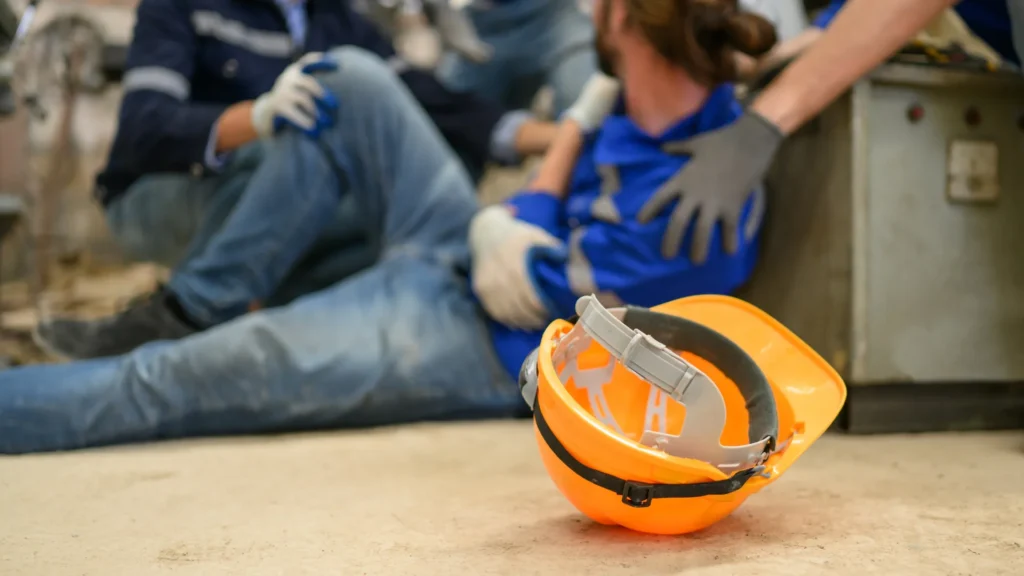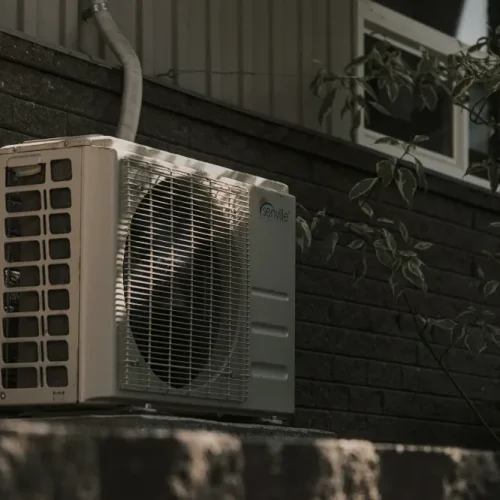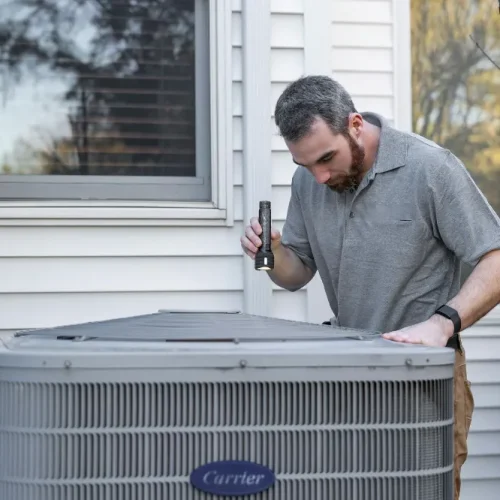
You know that construction sites are treacherous places. Every day, workers clock in knowing they’re stepping into environments where split-second mishaps can alter their lives forever. Falling debris, malfunctioning equipment, unstable scaffolding, these aren’t just abstract dangers. They’re real threats that leave families devastated and workers struggling to rebuild their lives.
Here’s what many injured workers don’t realize: you might be entitled to far more than just basic workers’ compensation. The legal landscape around workplace injuries is more complex than most people understand. Getting the right legal guidance early can be the difference between scraping by financially and achieving the full recovery you deserve.
Understanding Construction Accidents and Their Legal Complexity
Over 1,000 construction fatalities occurred in 2023 alone, and that figure keeps climbing. Behind each statistic is a family dealing with unimaginable loss. More than 1,000 workers lose their lives to construction accidents annually, making this one of America’s deadliest industries.
Halifax, the capital of Nova Scotia, is a bustling hub of construction and development, with projects ranging from residential buildings to large-scale infrastructure. When you’re seriously injured on a job site, you’ll quickly discover something important: responsibility often extends beyond your immediate employer.
In such cases, knowing when to seek legal guidance is crucial. Multiple parties may have contributed to your accident in ways that aren’t immediately obvious. This is where Halifax Personal Injury Lawyers become invaluable. They possess the expertise to uncover these complex liability scenarios and identify every potential source of compensation that might otherwise slip through the cracks.
Most Dangerous Construction Accident Types in 2024
The “Fatal Four Plus” remain the biggest killers: falls, struck-by incidents, electrocutions, and caught-in/between accidents. But here’s what’s new: modern construction sites present fresh hazards. Automated machinery operates with less human oversight. Drones buzz overhead, creating new collision risks. These weren’t concerns a decade ago.
Climate change has introduced another wrinkle. Heat-related injuries are skyrocketing as temperatures reach dangerous levels more frequently. Extreme weather events cause structural failures that create additional liability questions requiring specialized legal knowledge.
Modern Construction Site Safety Challenges
Remote supervision has created oversight gaps that didn’t exist when foremen were physically present throughout the day. These construction site safety lapses contribute to preventable accidents, incidents that proper supervision could have stopped.
OSHA rolled out new regulations in 2024, raising safety standards across the board. However, enforcement remains spotty depending on your location. Understanding these regulatory changes becomes crucial when building strong injury cases.
Now that you understand today’s dangerous construction environment, recognizing warning signs that demand immediate legal intervention becomes critical to protecting your financial future.
Immediate Signs You Need a Personal Injury Lawyer for Construction Accidents
Certain red flags should prompt you to call an attorney immediately. These warning indicators often surface within hours of an accident and can dramatically affect your case’s potential outcome.
Critical 24-Hour Window Indicators
Serious injuries requiring emergency room treatment or hospitalization almost always signal complex cases that exceed standard workplace injury claims procedures. When multiple parties were involved or equipment failure caused your accident, third-party liability becomes highly probable.
Suspect OSHA violations? Get legal help immediately. Federal safety violations can significantly strengthen your compensation claim and open up additional recovery avenues you might not know exist.
Red Flags in Workplace Injury Claims Processing
Watch for employer denial tactics or suspicious delays in processing your claim. Insurance companies frequently pressure injured workers to accept lowball early settlements that fall drastically short of fair compensation.
Medical treatment restrictions imposed by workers’ compensation carriers often leave injured workers without proper care. When your employer pressures you to return to work before you’ve fully recovered, legal intervention becomes necessary.
When Workers’ Compensation Isn’t Enough
Third-party liability scenarios emerge when contractors, equipment manufacturers, or property owners contributed to your accident. Toxic exposure cases demand specialized legal expertise that general practice attorneys simply don’t possess.
Permanent disability determinations and death benefit complexities require attorneys who understand these intricate legal procedures inside and out.
Recognizing these warning signs is essential, but smart accident victims understand that workers’ compensation often represents just a fraction of available compensation.
Maximum Injury Compensation Strategies Beyond Workers’ Comp
Injury compensation extends well beyond basic workers’ compensation when multiple parties share fault for construction accidents. Fatal construction injuries cost the United States $5 billion annually, with non-fatal injuries creating equally devastating financial impacts. This staggering economic toll reflects the true cost of workplace safety failures.
Third-Party Construction Accident Claims
General contractor negligence cases frequently arise when safety protocols aren’t properly implemented or enforced. Equipment manufacturer product liability claims become viable when defective machinery causes your injury.
Property owner premises liability applies when dangerous site conditions contribute to accidents. Subcontractor safety violations create additional compensation sources that many victims never think to explore.
Advanced Compensation Recovery Techniques
Loss of consortium claims allow your family members to recover damages for relationship impacts. Future earning capacity calculations require expert testimony to establish your lifetime financial losses.
Specialized medical treatment funding ensures you receive care beyond what insurance typically covers. Vocational rehabilitation costs help you transition to new career paths when returning to construction becomes impossible.
Technology-Enhanced Evidence Gathering
Drone accident scene documentation provides comprehensive visual evidence that standard photographs simply can’t capture. 3D accident reconstruction technology helps juries understand exactly how your accident unfolded.
Digital safety protocol violation evidence from electronic monitoring systems strengthens negligence claims substantially. IoT sensor data from equipment failures provides objective proof of mechanical problems that caused your injury.
These advanced compensation strategies become even more powerful when combined with a thorough understanding of legal safety standards that construction sites must follow, and frequently violate.
Construction Site Safety Legal Requirements and Violations
Enhanced OSHA penalties and evolving safety technology requirements in 2024 create new violation opportunities. The timing of your legal consultation becomes absolutely critical to preserving evidence and maximizing your claim’s strength.
2024 OSHA Standards Update Impact
New fall protection requirements have significantly expanded employer responsibilities. Enhanced respiratory protection mandates address long-term health risks that weren’t previously covered under older regulations.
Digital safety training documentation requirements create paper trails that attorneys can use to prove inadequate training. Increased penalty structures make OSHA violations more expensive for employers than ever before.
Emerging Safety Technology Legal Requirements
Wearable safety device mandates are becoming standard across numerous jurisdictions. AI-powered hazard detection systems must be properly maintained and monitored to remain effective and legally compliant.
Real-time safety monitoring compliance creates new legal obligations for contractors. Digital safety audit trail requirements ensure accountability through comprehensive electronic documentation.
Perfect timing means nothing without the right legal expertise, making your choice of personal injury lawyer the most crucial decision in determining your case’s success.
Choosing Personal Injury Lawyers for Construction Accidents
When facing a construction accident, enlisting Personal Injury Lawyers provides the specialized legal expertise that separates adequate settlements from maximum recovery. Construction accident cases demand attorneys who understand both complex legal procedures and industry-specific safety standards.
Specialized Construction Accident Expertise
Industry-specific knowledge requirements extend far beyond general personal injury law basics. Technical accident reconstruction capabilities help prove exactly how your accident occurred and establish who bears responsibility.
Medical expert network access ensures you receive proper injury evaluations. Specialized insurance negotiation skills maximize settlement values through strategic pressure and industry knowledge.
Technology-Enhanced Legal Services
Virtual case management systems keep you informed throughout complex legal processes. Digital evidence presentation capabilities make compelling arguments to juries and insurance adjusters.
AI-powered case value calculations help establish fair settlement ranges based on similar cases. Real-time client communication platforms ensure complete transparency during lengthy proceedings.
Once you’ve secured specialized construction accident expertise, focus shifts to implementing sophisticated financial protection strategies, ensuring every dollar of rightful compensation gets recovered and preserved.
Financial Protection and Compensation Maximization
Comprehensive damage assessment requires understanding both current losses and future financial impacts. Professional legal representation ensures no potential compensation source gets overlooked or undervalued.
Comprehensive Damage Assessment Techniques
Economic loss calculation methodologies must account for inflation and natural career progression. Non-economic damage valuation approaches address pain, suffering, and quality of life impacts that insurance companies often minimize.
Future medical care cost projections require expert medical testimony and actuarial analysis. Quality of life impact measurements help quantify intangible losses that insurance adjusters frequently dismiss.
Insurance Navigation and Negotiation Mastery
Multiple insurer coordination strategies prevent coverage gaps and maximize available benefits. Subrogation claim management protects you from unexpected repayment obligations.
Settlement timing optimization ensures maximum leverage during critical negotiations. Appeal process guidance helps when initial decisions prove unfavorable to your interests.
Moving Forward After Construction Accidents
Construction accidents create complex legal situations extending far beyond basic workers’ compensation coverage. Understanding when to seek specialized legal help determines whether you recover fully from your injuries or face ongoing financial hardship. Don’t let employer pressure or insurance company tactics prevent you from exploring all available compensation options.
The stakes are simply too high to handle these cases alone. Your family’s financial future depends on getting this right the first time.
Common Questions About Construction Accident Legal Rights
Never admit fault, even casually. Avoid statements like “I should have been more careful” that can severely damage your case. Be completely honest about injuries and limitations without downplaying their severity. Don’t discuss case details with anyone else.
Time limits vary by jurisdiction but typically allow two years from injury discovery. Some municipal claims require filing within just 90 days. Contact an attorney immediately after serious accidents to preserve crucial evidence and meet strict deadlines.
Absolutely, you have the right to change attorneys if you’re dissatisfied with representation quality. However, timing matters for case continuity, and you may owe fees for work already completed. Discuss concerns with your current counsel first.












